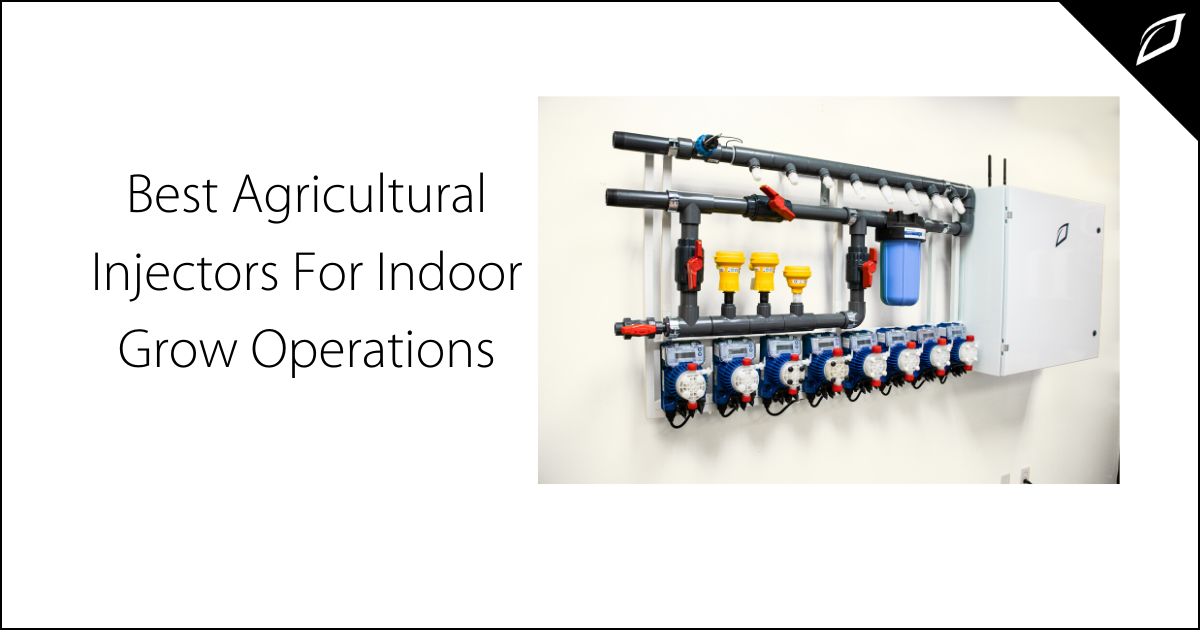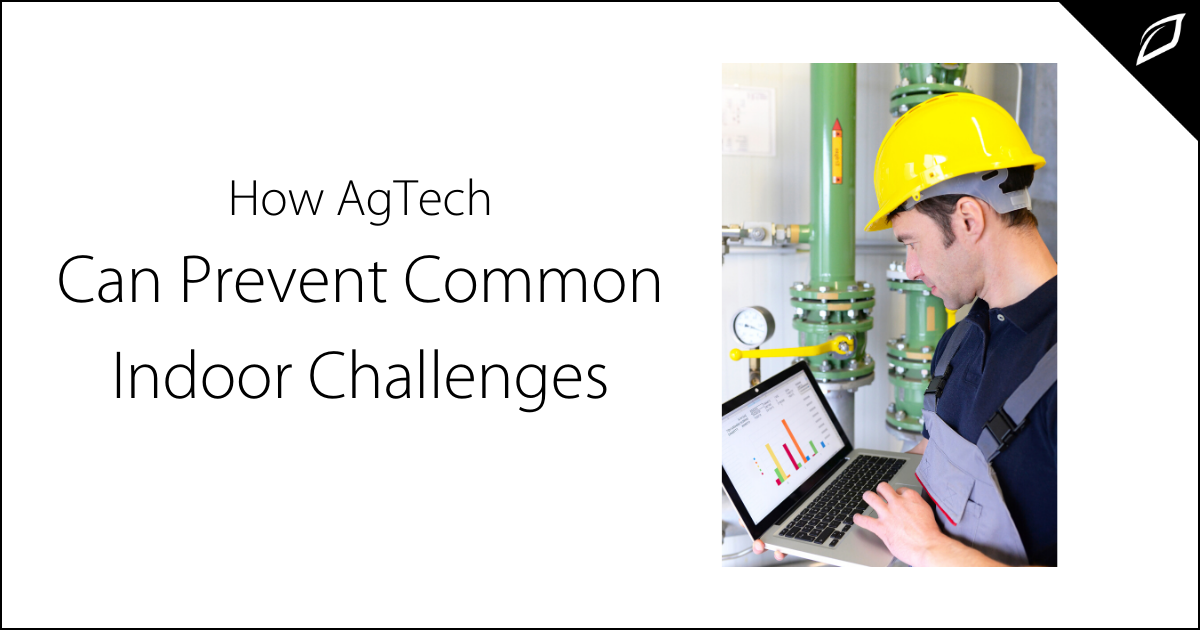Are Your Plants Suffering From Nutrient Burn?
Nutrient Burn – How to Detect Overfertilization and Nip it in the Bud One common problem that many indoor growers run into is the leaves of their...
2 min read
Alex Stone : Apr 24, 2020 8:42:15 AM


Fertilizer injectors have been used for decades and are utilized by the majority of growers in the U.S. to apply water-soluble fertilizers to plants. These devices "inject" a pre-determined amount of concentrated fertilizer solution into an irrigation line so that the water supplies the proper concentration of fertilizer to the crops.
Choosing an injector for your grow operation fertigation system is a critical decision that should be made after careful consideration of the needs of your business. Things to contemplate; the size of your operation, the type of crops you grow, the type of nutrients required for the individual plants, and how many different species you grow. Another consideration is if you plan to expand your grow operation. You'll need to examine the most economical options for the size of your planned expansion.
Injectors work on one of two basic principles; water pressure or in-line injection. The first uses a pressure difference between the waterline and the stock tank (the fertilizer) to carry a concentrated solution into plumbing connected to the valve to mix it with water in a hose. These economical injectors can be quickly attached to any faucet but do not allow precise control over the concentration. Because of water pressure variations, the amount of fertilizer injected into the hose is inconsistent. Another detraction is that injection ratios are low and therefore require a large stock tank.
An in-line injection system is usually more popular than the pressure systems since it doesn't require large holding tanks and offers more versatility, although it’s more expensive than water pressure injectors.
Inline injectors send a measured amount of stock solution, determined by filling a specifically sized chamber, that is injected into the irrigation water, the rate of which also is controlled by the unit. The limiting factor in these injectors, in most cases, is the minimum and maximum water flow rate you've determined based on your specific operation. However, the industry offers models that can accommodate a wide range of flow rates. The injection ratio depends on the size of cylinders and the relative rate of displacement of fluid in the cylinders by the pistons. Precise control over the amount of injected chemicals, smaller stock tanks, and broader injection ratios have made positive displacement injectors an industry standard.
But injectors are only part of the system; most require the use of pumps to fill the chambers from the stock tank. There are many options, but as technology evolves, and the necessity for precision dosing increases, the move towards diaphragm pumps with robust microprocessor technology increases. These pumps have only a single moving part requiring no lubrication of bearings or shafts minimizing maintenance and repair costs. While this article focuses on injectors, we felt it necessary to mention the importance of the overall system. SEKO's solenoid dosing pumps are growing in popularity as growers transition to more precise fertigation systems.
Agricultural technology continues to revolutionize how we grow food and other crops in this country and around the world. Complete plug-in-play fertigation systems offer seamless integration in vertical grow rooms and greenhouses alike.

Nutrient Burn – How to Detect Overfertilization and Nip it in the Bud One common problem that many indoor growers run into is the leaves of their...

Ag-tech tools deliver solutions for farmers to some of the most common, persistent growing issues. Smart sensors, monitors, and automated tools work...

Regardless of size, here is your must-have list of equipment before you start growing. Whether you're planning to grow fruits and vegetables for...